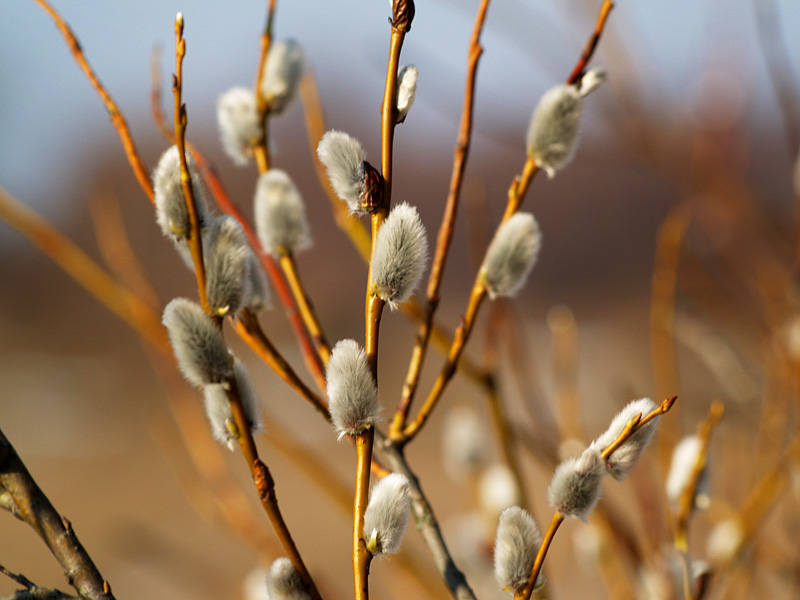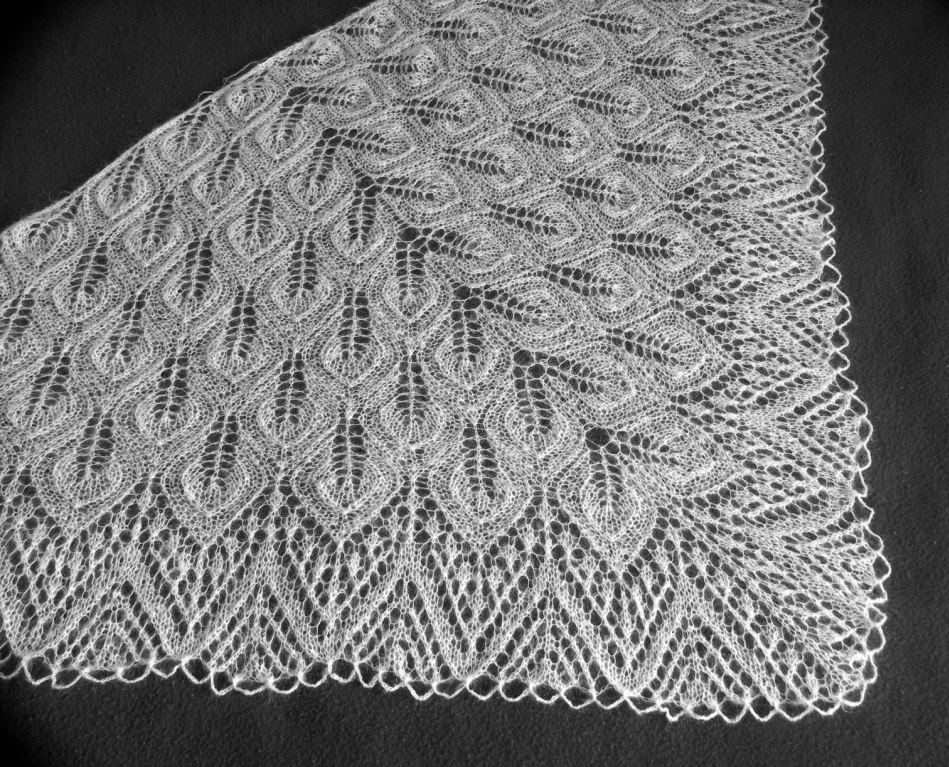Wow, our next cultural ambassador is from Estonia. I am amazed. I have never had the chance to meet anyone from Estonia and I am very happy to learn more about the country and its culture this way.
I tried to make some parts more easily understandable but only when I knew exactly what was the intended meaning. It was interesting to see that many of the grammar used in the text had the same structure as German grammar (which I see a lot in the English texts of my German students). There must be some kind of language relation. And not only language, we also eat black bread a lot. Many foreigners don't like it as it is quite hard, but it is soo savoury and delicious.
I am also happy that we get some great pictures to illustrate Estonia's culture for us.
I am also happy that we get some great pictures to illustrate Estonia's culture for us.
a description of what you eat for breakfast
We eat usually sandwiches and drink coffee. We eat a lot of black bread.
Sometimes we eat white bread too. Sometimes we toast our bread, but mostly we do not toast it. We put only butter on bread and cheese, sausage, ham, pate
or fish.
When my son went to school he ate porridge every morning and I know that many people do that. But I do not. Sometimes I eat muesli and yoghurt. I drink 2 cups of coffee every morning.
a short description of a typical work day
Typical work day is from 8 a.m to 5 p.m and lunch is 12 a.m to 1 p.m. from Monday to Friday. That's how I worked at most offices.Our workweek is 40 hours long. I worked too so many years, but now I work in a newsstand and I work from 7 a.m to 8 p.m. Mostly shops work from 9 or 10 a.m to 6 or 7 p.m. Big shopping centres and food shops open from 8 or 9 a.m to 9 or 10 p.m.
a description of your favorite day off (weekend or holiday)
My favorite day off is at home with my computer or books. Sometimes we went out to walk or to some culture event. Sometimes I went to capital city for shopping or culture events. My favorite holiday is when I can go travel. We travel a lot in Estonia, as well. In the evenings most people watch TV, but I am not a big fan of TV.
a short description of your country and its position in the world, including something you like about it and something you don't like
Estonia is in the European Union. My country is again free after long occupation of USSR. The country is poor and needs time to arrive to same level of other European countries. Our prices will arrive soon, but our salaries will not. In 2011 they wish to go to euro. We have a lot of unemployed people now. Our economy is bad, but we hope that this will go better soon. In free Estonia life is better as it was in USSR.
a list of languages (optional: dialects) that are spoken in your country
We have only one official language and this is Estonian. My language have some dialects in South Estonia, but they all speak too correct Estonian language. In USSR time many russian or people from other nations of USSR came here . So here you can hear every day Russian language too. Many Russian will not study Estonian and say that Estonia tempts they. But with years it will go better. When I work I must use the Russian language every day too. In North-East Estonia we have cities, where mostly Russian speakers live. In Narva there are only 4 % Estonians. Narva is the border town of Russia.
a list of the three most important holidays of your country and how they are celebrated.
1.Christmas and New Years Eve. In USSR time Christmas was forbidden, but most Estonians celebrated that at home. I think that Estonians celebrate this like most other people. Some went to church, some not. We have a Christmas tree - a fir that we decorate. In the evening of the 24th of Dec Santa Claus comes and gives gifts. We eat pork, blood sausage and sauerkraut. In the evening of the 24th of Dec we have a beautiful tradition. All people go to graveyards and put candles. It's very beautiful in evening, when is dark and in graveyards are thousands of candles.
2. Jaanipäev - Midsummer, St.John's Day. 23. June: In the evening and at night there are big fires everywhere and people have parties outside.
3. Easter - we color eggs, made pasha and bring to home pussy willows:
the role of religion in your country
Religion has not got a big role in Estonia. Most people do not go to church. In USSR time religion was illegal and so most younger people had no religion. The biggest church is the Lutherian church, but we have too many orthodox churches. These are most for russian people. On third place are Baptist Churches.
a description of the role of men and women in your country
Women do most housework and are at home with small kids, but in all other things they are like men. Both worked full time. Statistics say that men receive more salary, but they work more as bosses, too. They both have equal rights.
a description of the most common ethnic minorities in your country and how they are viewed
Russian, Ukrainian and other nationalities from the former USSR. They had their culture centers. In my town are many Finnish people. They will come to live here after retired. Here they have a cheaper life. They have their organisation for their own culture events.
description of some national specialties/products
Skype - this was Estonian at first, now they sell that. I do not know other products that very many people from foreign counties might know.
a famous person from your country and what she/he is famous for
Arvo Pärt - classic music compositor. Neeme Järvi, Eri Klas - famous conductors in the world. Jaan Kross, Anton Hansen Tammsaare, Eduard Vilde - famous writers. Toomas Hendrik Ilves - our president. Lennart Meri - our first president of the second free Estonian Republic. We have many famous sportsmen: Erki Nool, Andrus Veerpalu, Kristina šmigun, Gert Kanter, Paul Keres, Kristjan Palusalu...
a type of craft that is typical for your country (doesn't have to be typical ONLY for your country)
This craft is from my hometown - Haapsalu rätik (Haapsalu shawl). That was done by senior people and now this is again popular and girls study it in school.
Haapsalu shawl is a traditional rectangular size up to 100x100 150x150 cm. The towel is composed of three parts: the central part of the purl and the fine-woven and sewn into a separate lace. He doubled as a fine woven woolen yarn needles No. 3-4. Finished shawl is washed in a warm mild soap, with medium voltage and framed immediately. Was the most revered white shawl. The material used to be single or double wool yarn, preferably with lamb's wool. The right Haapsalu shawl was pulled through the ring.
http://www.needleartsbookshop.com/knitting_books/Haapsalu_Shawl.html
http://www.muuseum.haapsalu.ee/index.php?lk=10006&show=10073
Here is a little picture as an illustration of the pretty Haapsalu shawl:
It is like the most delicate knitted lace. I've never seen anything like that, very sweet.
I also found the part about the different festivals very interesting. I like that Midsummer is celebrated with big fires. Here in Germany these fires and parties have shifted to the Christian context and are now on the Saturday before Easter Sunday. What time of the year and occasion does your country have bonfires?
The tradition of putting candles in the graveyards on Christmas Eve also sounds beautiful. What a serene atmosphere that must be.
Lastly, I found a picture and a recipe for Pasha, the Easter dish that is mentioned in the text. It can also be done completely vegan.
I hope you enjoyed this interesting peek into Estonian culture as much as I did. If you are interested, check out the other countries as well:
USA I
It is like the most delicate knitted lace. I've never seen anything like that, very sweet.
I also found the part about the different festivals very interesting. I like that Midsummer is celebrated with big fires. Here in Germany these fires and parties have shifted to the Christian context and are now on the Saturday before Easter Sunday. What time of the year and occasion does your country have bonfires?
The tradition of putting candles in the graveyards on Christmas Eve also sounds beautiful. What a serene atmosphere that must be.
Lastly, I found a picture and a recipe for Pasha, the Easter dish that is mentioned in the text. It can also be done completely vegan.
I hope you enjoyed this interesting peek into Estonian culture as much as I did. If you are interested, check out the other countries as well:
USA I
Feel free to contact me if you'd like to contribute your own story (especially if your country isn't featured yet)
DISCLAYMER:
DISCLAYMER:
All umarked text in this post was supplied by a third party. The opinions expressed are not the same as those of the author of this blog. According to §§8 to 10 of the German Tele-Media Act, I am not obligated to monitor third party information provided or stored on my website. However, Ishall promptly remove any content upon becoming aware that it violates the law. My liability in such an instance shall commence at the time I become aware of the respective violation.









No comments:
Post a Comment